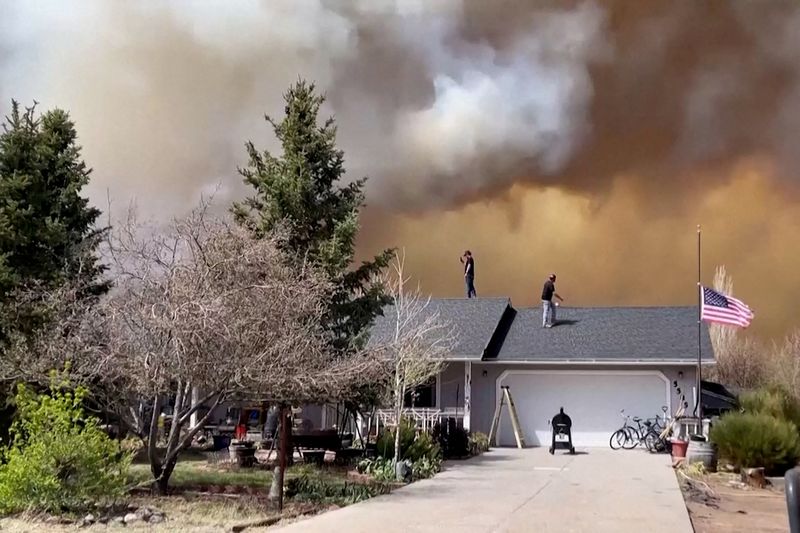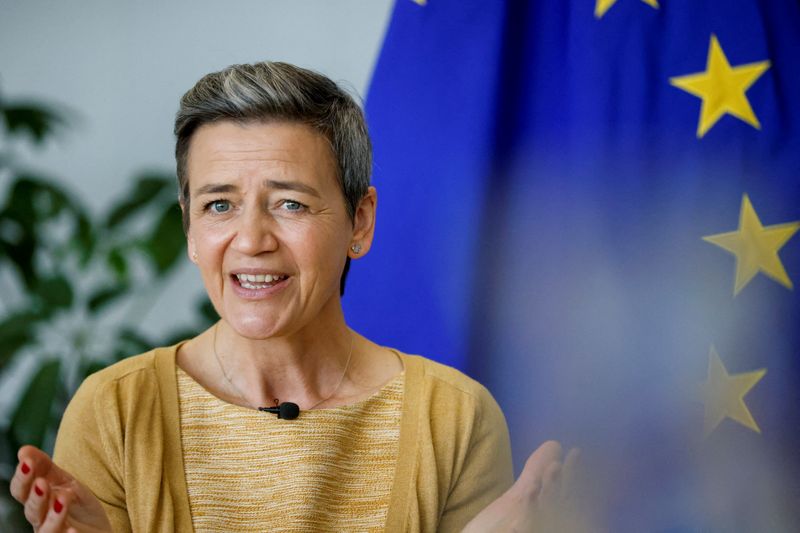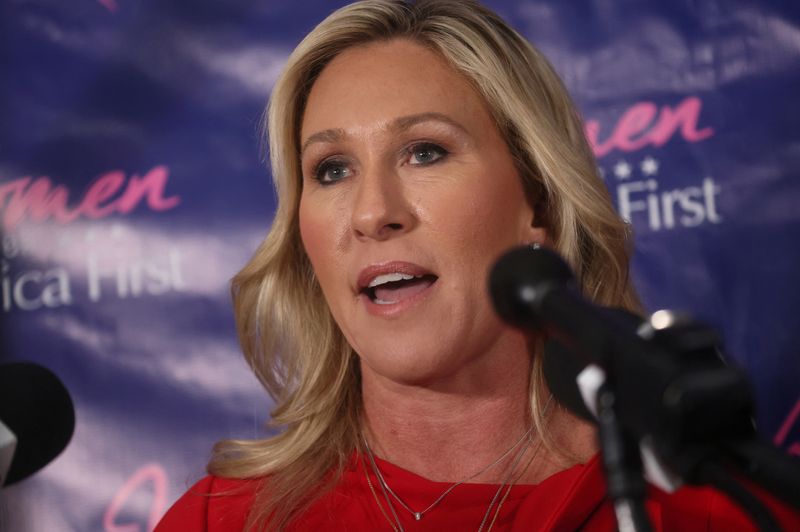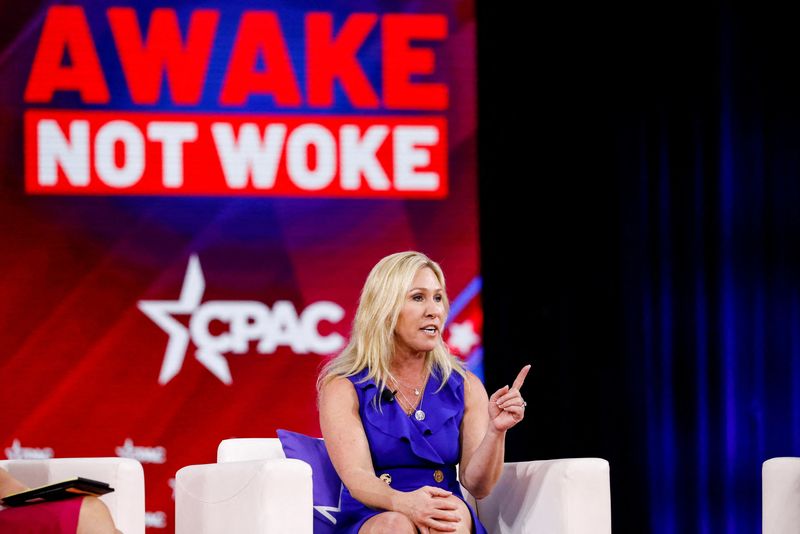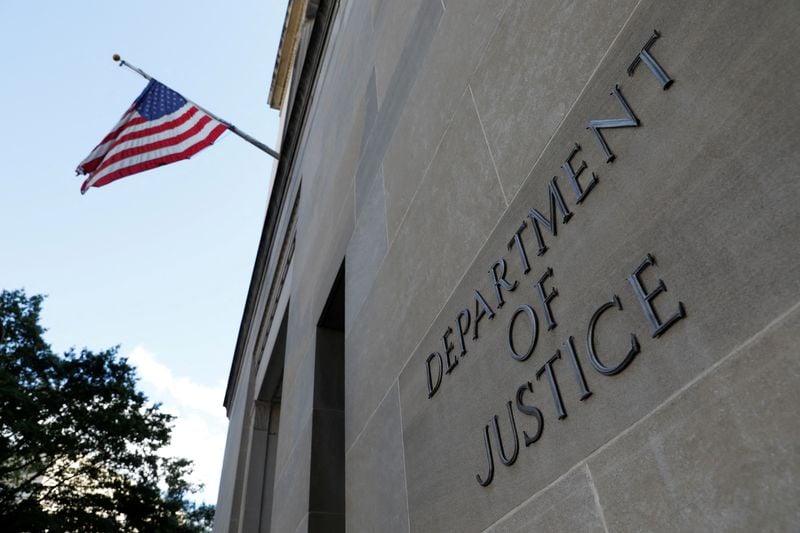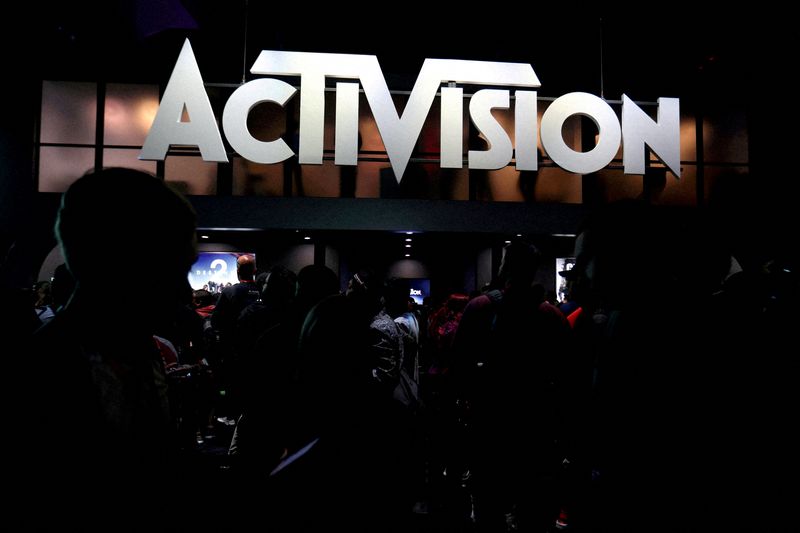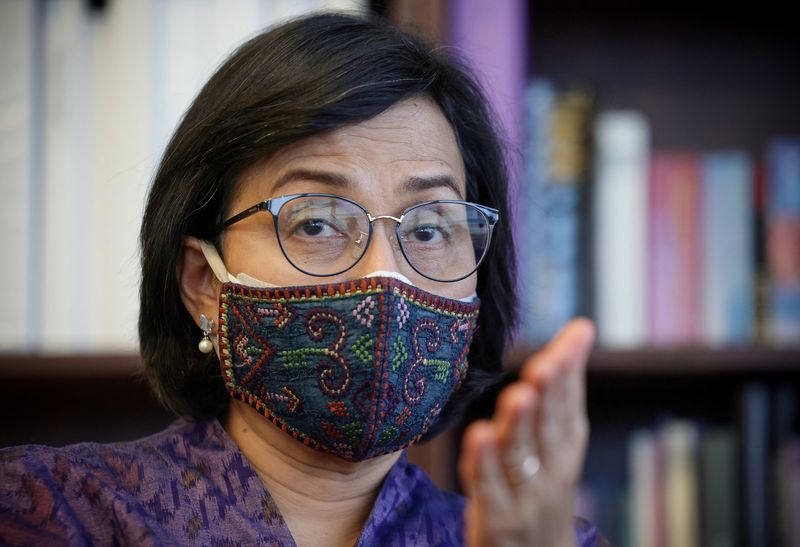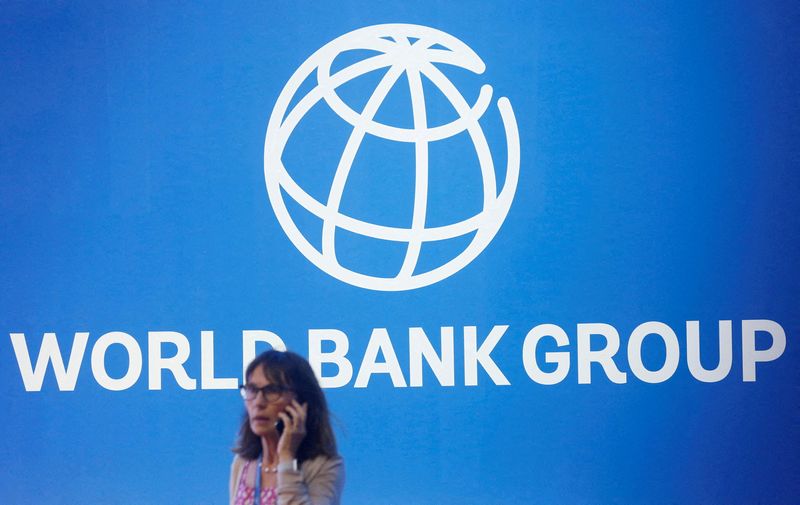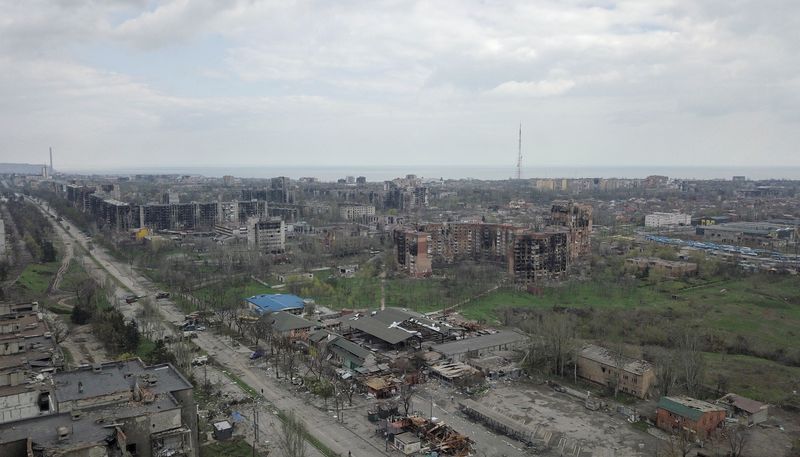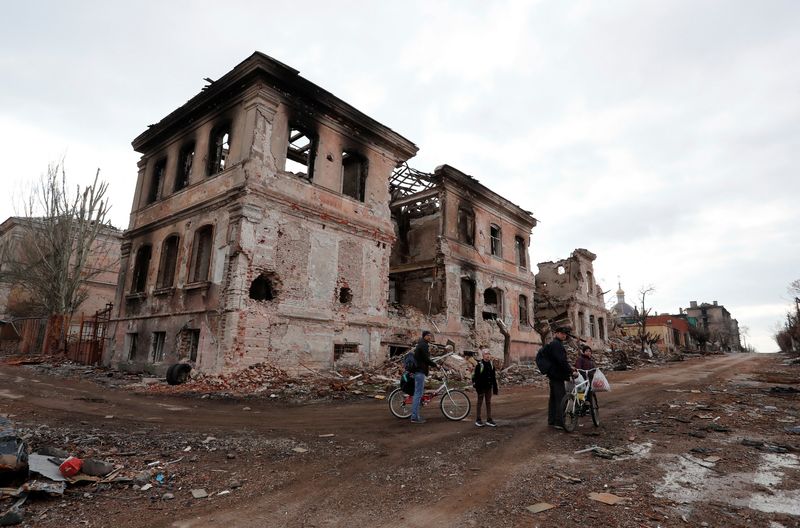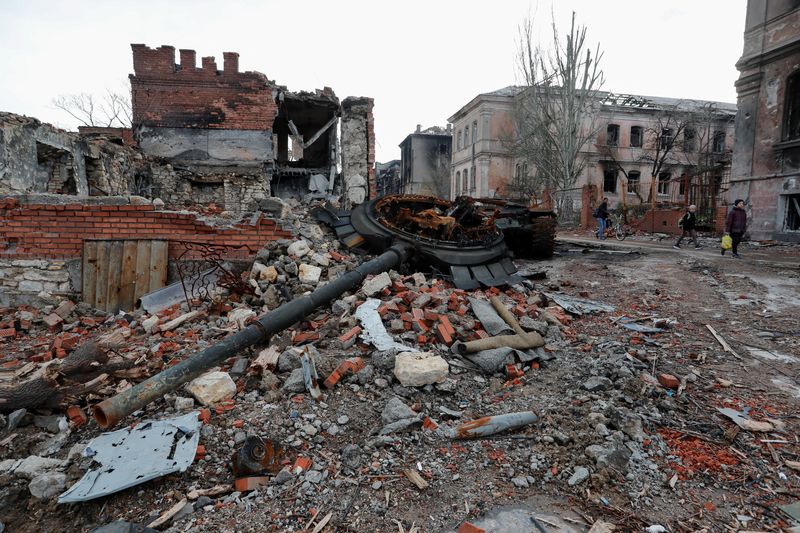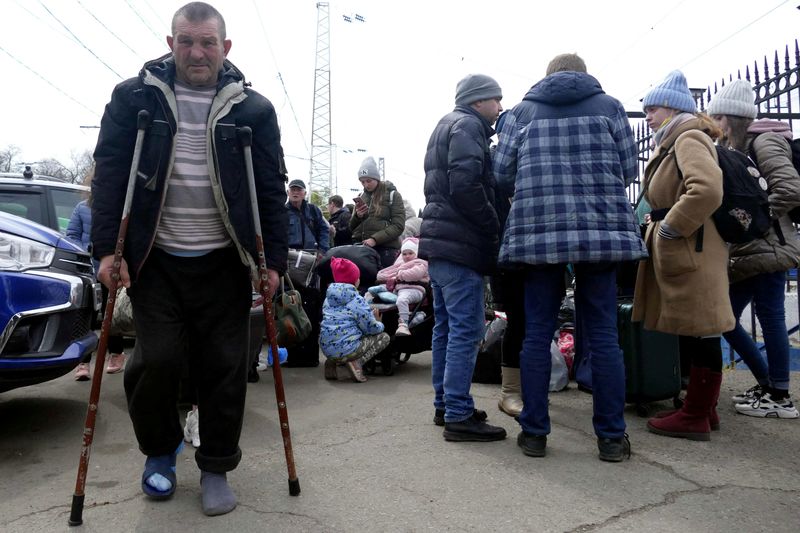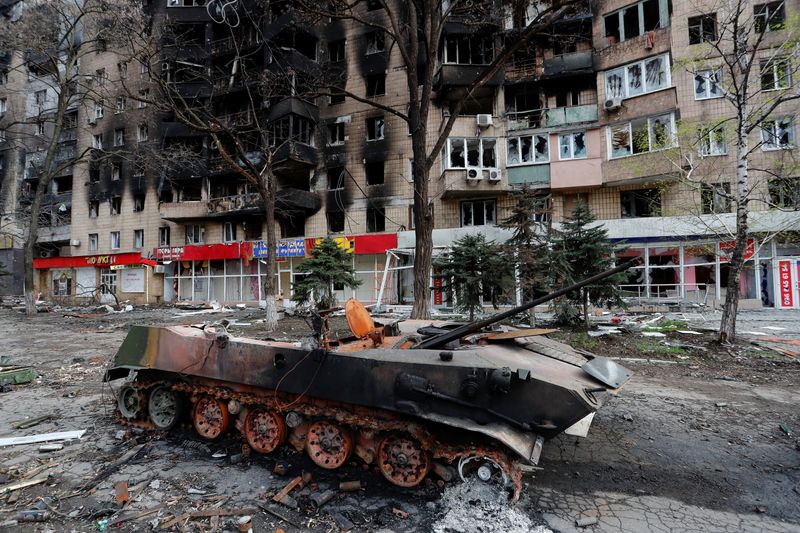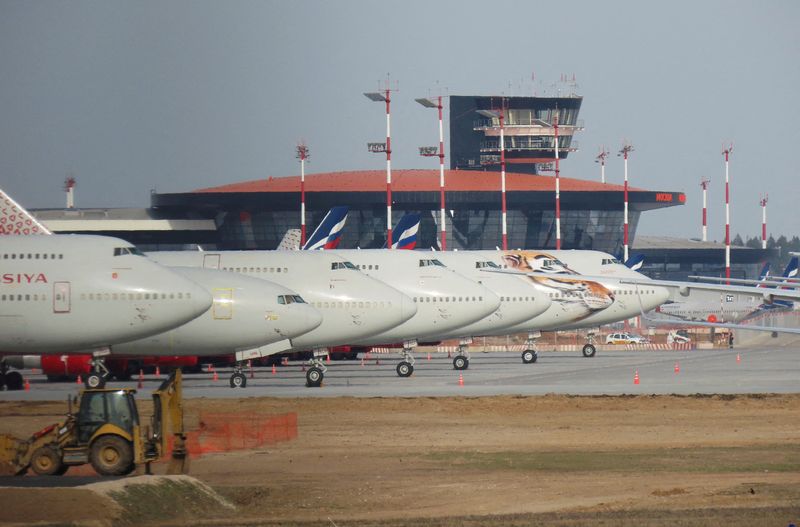By Andrew Hay
(Reuters) -Howling winds pushed wildfires towards villages in northern New Mexico on Friday, forcing thousands to flee homes as blazes burned across the parched U.S. Southwest.
Over a dozen small communities were evacuated as two wildfires merged in mountains around 30 miles northeast of Santa Fe, driven by wind gusts of over 60 mph (97 kph), according to local authorities.
“It’s heartbreaking, it’s terrifying,” said Joy Ansley, a spokeswoman for San Miguel County where the fires are burning. “We’re not letting people back in once they come out, it’s a very serious, a very grim situation.”
The so-called Calf Canyon and Hermits Peak fires combined about 12 miles northwest of Las Vegas, New Mexico, according to the Inciweb fire tracking site.
The blazes were among over a dozen burning across the U.S. Southwest as a decades-long drought combined with abundant dry vegetation, raising concerns the region was in for a harsh fire year.
Sparks were carried a mile ahead of New Mexico blazes, starting new fires as flames surged through forest canopy, fire behavior analyst Stewart Turner told a briefing.
“There’s going to be a lot of homes, buildings impacted, it’s a very chaotic situation,” Turner said of the Calf Canyon fire.
Rising temperatures have lowered winter snowpacks and allowed larger and more extreme fires to start earlier in the year, according to biologists. The prolonged drought has been intensified by human-caused climate change, according to climate scientists.
“New Mexico right now has multiple fires going, Arizona has multiple fires going, and that is abnormal for this early in the season,” said Laura Rabon, a spokeswoman for the Lincoln National Forest in southern New Mexico where two people died in a blaze last week.
Around 35 miles east of Taos, New Mexico, the Cooks Peak fire exploded in size to threaten the Philmont Scout Ranch and village of Cimarron. Firefighers in Arizona began to contain the Tunnel fire near Flagstaff which has burned dozens of homes.
(Reporting by Andrew Hay in Taos, New Mexico;Editing by Matthew Lewis & Shri Navaratnam)
